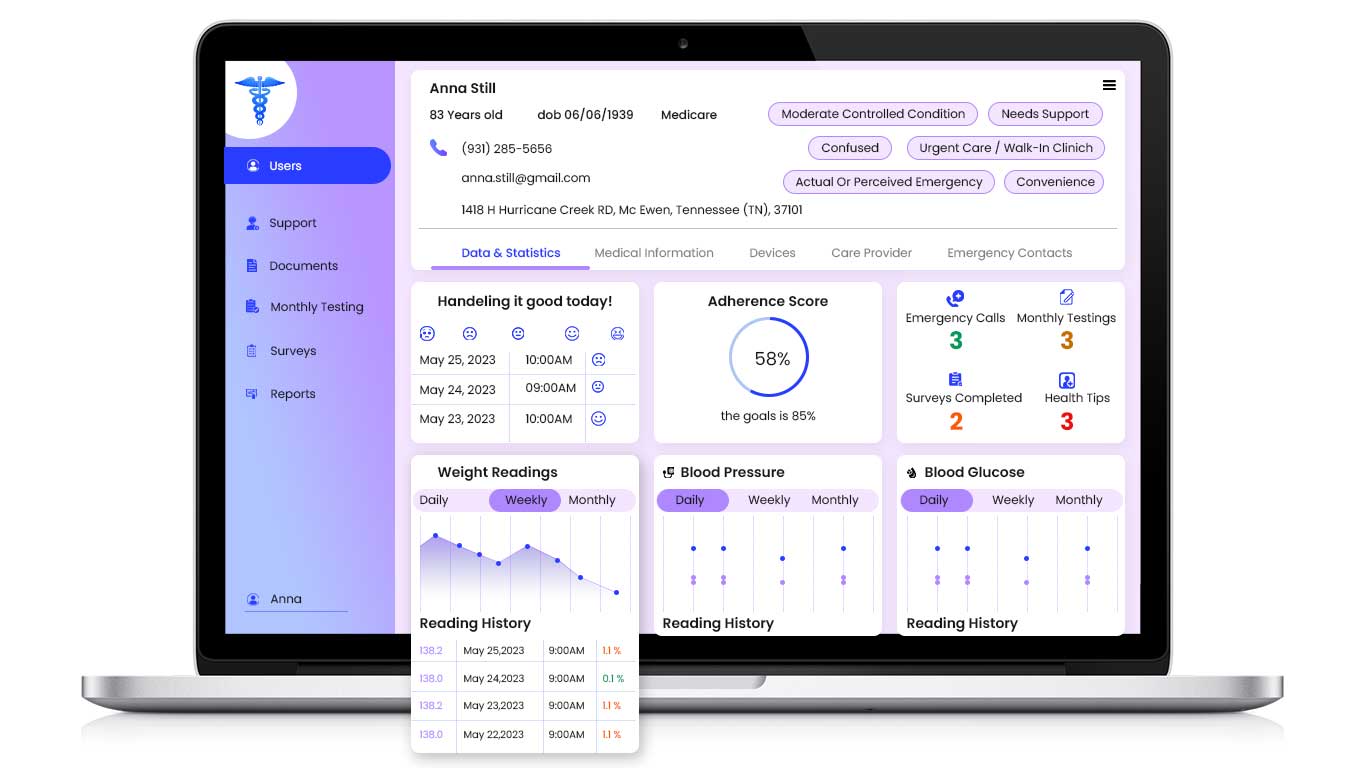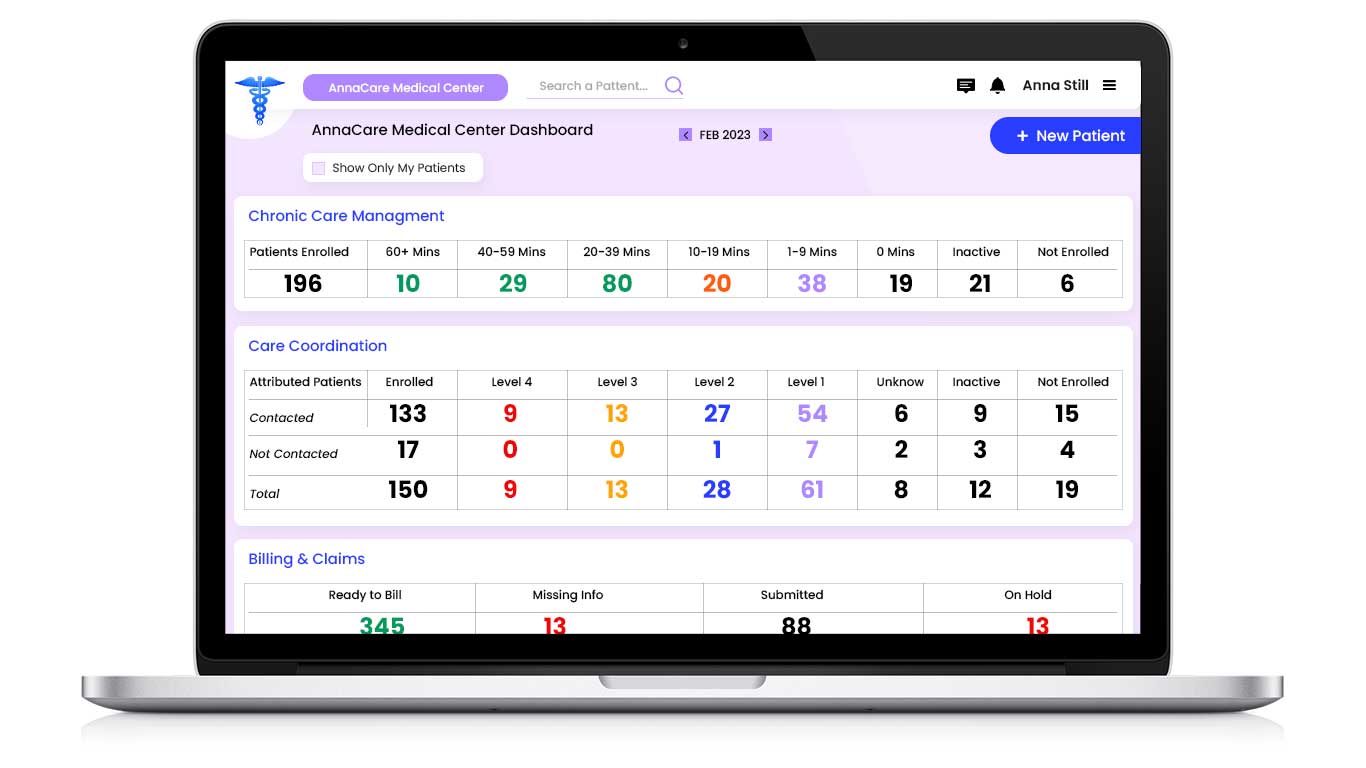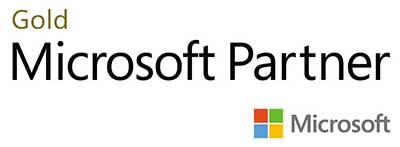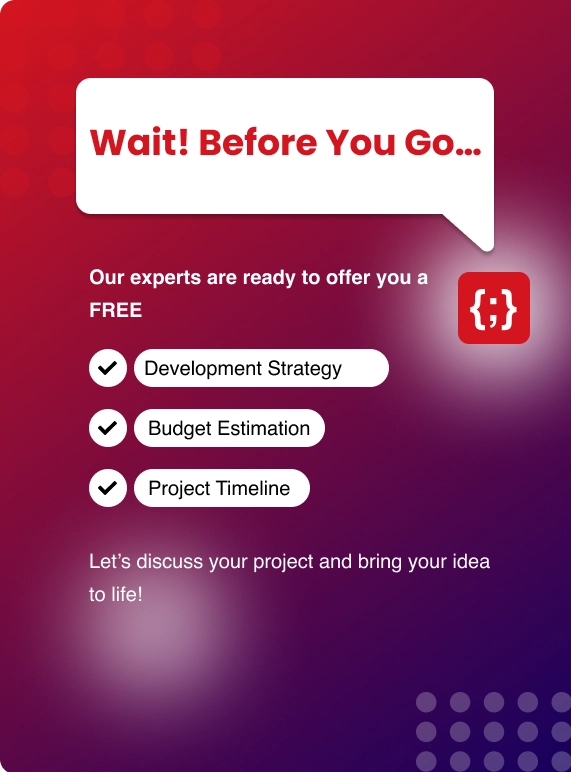Project Overview
Zenesys developed a Remote Patient Monitoring (RPM) system designed specifically for chronic care management. The goal was to help doctors monitor patients remotely, improve team coordination, and support patients in managing long-term conditions like diabetes, hypertension, and heart disease.
The platform offers a complete set of tools to handle day-to-day care activities — from tracking vitals and assigning tasks to managing billing and sending out alerts when a patient's health changes.
Challenges Faced by the Client
Before working with Zenesys, the client struggled with several issues that made managing chronic care difficult and time-consuming:
- The care team had no centralized platform to track patient vitals or symptoms remotely. Most updates came through phone calls, emails, or paperwork, making it hard to get a full picture of a patient’s condition in real time.
- Doctors and nurses often shared care instructions through email or printed documents. This led to miscommunication, delays, and missed tasks
- There was no structured way to track how patients were doing over time.
- Billing had to be done manually, which took up valuable admin time and increased the risk of mistakes or delays.
- Patients didn’t have any digital tools to assess their symptoms, understand their treatment, or communicate easily with their care team.
- Using emails, printed files, and scattered tools made it hard to stay fully compliant with healthcare regulations like HIPAA and GDPR.
Our Approach
To solve the client’s problems and build a smart chronic care remote monitoring system, Zenesys followed a focused and practical approach:
- We built a clean and easy-to-use interface using React and Bootstrap. The goal was to make sure both medical staff and patients — even those who aren’t tech-savvy — could use the platform with confidence.
- We added live dashboards that let care teams track patient vitals and symptoms in real time. Using smart AI, the system highlights any warning signs and sends instant alerts to the clinical team.
- The Medical Team can now create personalized care plans in just a few clicks and assign tasks to nurses, nutritionists, or therapists. Everyone can see their role clearly, and nothing gets missed.
- We built a simple self-check tool where patients can log how they’re feeling, follow their plan, and even get educational videos and tips tailored to their condition.
- Patients and doctors can now talk via secure chat, video, or voice calls — all built into the system using video conferencing APIs. No more switching between apps or waiting for emails.
- To avoid duplicate data entry, we connected the system to the client’s existing electronic health records.
- We hosted the platform on the Cloud with strong encryption and access controls. Every part of the system was designed to meet HIPAA and GDPR — keeping patient data fully secure.
Thinking Beyond Remote Monitoring?
Whether you're scaling patient monitoring or building a complete virtual care platform, our healthcare app development team can bring your vision to life.
Discover Healthcare App SolutionsResults
After launching the chronic care remote patient monitoring system, the client saw clear and measurable improvements across their operations and patient outcomes:


- Clinical teams saved time by assigning and tracking tasks in one shared platform, improving daily workflow and cutting down follow-up delays.
- Real-time data and AI alerts allowed doctors to catch early warning signs and adjust care plans quickly — leading to more proactive care.
- With tools like self-assessments, secure chat, and educational content, patients became more involved in managing their conditions, leading to better compliance and healthier habits.
- The integration eliminated double documentation.
- With strict data controls and secure cloud infrastructure on Cloud, the client achieved full compliance with health data regulations.
- Secure, built-in video and messaging tools reduced the need for phone calls and emails, making doctor-patient communication quicker.

.webp?lang=en-US&ext=.webp)

.webp?lang=en-US&ext=.webp)

